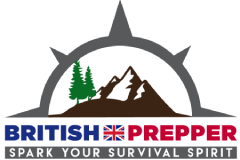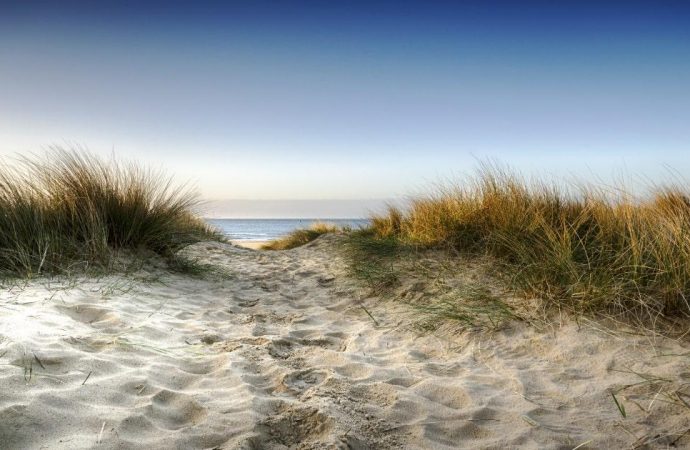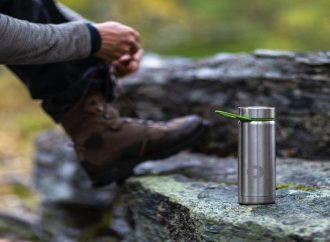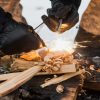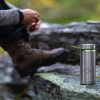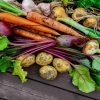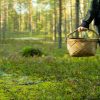Days at the seaside may bring back memories of padding in the water, dipping in rock pools and ice-creams on the beach. However, when you’re bugging out, your mind will be on much more serious matters like seaside foraging. In a SHTF situation, one of your main priorities will be foraging for food. The good
Days at the seaside may bring back memories of padding in the water, dipping in rock pools and ice-creams on the beach. However, when you’re bugging out, your mind will be on much more serious matters like seaside foraging.
In a SHTF situation, one of your main priorities will be foraging for food. The good news is that with a bit of knowhow, it’s possible to find a diverse range of things to eat including crustaceans, plants and seaweed.
One of the obvious options which might spring to mind is fishing, and it’s certainly an excellent idea. You can read more about how to go fishing when you’re bugging out here, but in this article we’re concentrating on how preppers can do seaside foraging round the UK coastline.
The temperate British climate means that it’s possible to find resources in virtually every environment, but the coastline is particularly abundant – well, the UK does boast nearly 20,000km of it! Here’s what you need to know about foraging by the seaside for healthy and nutritious food.
What Does Coastal Foraging Mean?
The coasts around the UK provides a bountiful selection of things which can be foraged by the seaside when you’re bugging out. Other environments such as forests and the countryside also offer foraging opportunities, but this article is focusing on what you can find at the seaside.
Foraging is not the same as fishing as you don’t need any sophisticated equipment like rods and hooks to forage. You’ll be looking in the different types of coastal environments for edible supplies, which could include seaweed, plants, crustaceans, shellfish and more.
The type of environment you will be foraging by the seaside in depends on the exact location of the coastline. But it’s very possible that it could include sand dunes, rock pools, the beach, mudflats and cliff tops.
The wide availability of edible supplies is one reason that humans have historically always chosen to live by the ocean. There’s lots of evidence that shows our ancestors regularly foraged for food at the seaside and feasted on the plentiful items they found.
Many people opt to go foraging even during so-called normal times, but if you’re bugging out because of a SHTF event, you’ll find the coastal supplies around Britain a read godsend.
What Can Be Foraged At The Coast?
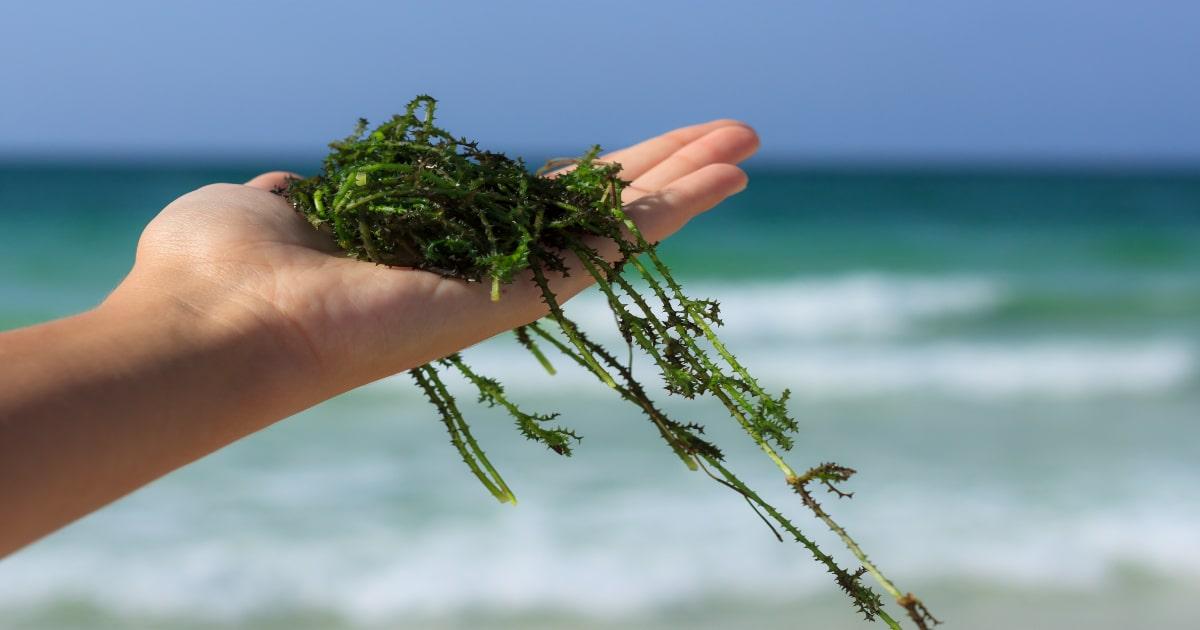
Now that you’ve got an idea of what foraging is, below you’ll find a selection of the best types of food to forage at a British seaside, and read on to learn how to stay safe while foraging.
Seaweed
With around 640 different species of seaweed that can be found around the British Isles, seaweed is something you’re likely to find in large quantities.
More or less all types of seaweed are edible, but some taste better than others. This means that you won’t cook and eat them all in the same way.
The exact nutrients vary between different types of seaweed too, but as a marine algae it’s generally an excellent source of amino acids, iodine, trace minerals and vitamins.
Some types of seaweed can be found more readily while other species can only be found in certain locations or at very low tides.
Here are some of the best types of seaweed to look out for while foraging:
Dulse – Needs to be cooked to soften it, but when fried it’s said to taste just like bacon! It’s useful for thickening soups, broths and stews, and can also be added to soda bread recipes to provide flavour. Red dulse is found further out to sea than the green variant.
Laver – A core ingredient of laverbread, a Welsh delicacy, laver has EU protected food status. Therefore, if you’re bugging out or are lucky enough to live near the sea, it’s a good seaweed to look for. It’s ideal for cooking slowly, simmering in the fire or in the pot.
Sea lettuce – Soft like spinach or lamb’s lettuce, sea lettuce is a delicate, light green leaf that can be mixed into potatoes or dried out and used as a sprinkle.
Pepper dulse – Often referred to as the ‘truffle of the sea’, pepper dulse adds a zing of flavour to any dish. Used as a spice in cooking, it tastes like a combination of garlic, mushroom and pepper.
Kelp – One of the most common types of seaweed, kelp can be rather rubbery and tough. One option is to deep-fry it and eat it crunchy like crisps, or you can add it to stock for nutrition and flavour.
Thong weed – A brown seaweed, thong weed is considered to be a superfood and has a gentle, salty flavour. It can be dried out and rehydrated for use, making it perfect as a replacement for spaghetti and pasta.
Shellfish
You’ll need to go fishing to catch most types of fish and crustaceans, but shellfish are a different matter as you can very easily forage many of these directly from the beach.
You should always cook shellfish and they must not be eaten raw. It’s also best to eat them as quickly as possible after foraging to prevent them spoiling.
Before foraging, check for any nearby algae blooms that would indicate the shellfish are full of heavy metals and likely to be toxic to humans.
Mussels – Often found around the UK coastline, mussels can be picked very easily. The best time to forage for them is at low tide where they can be picked right from the rock.
Ideally you’d be looking for around 500g of mussels to make a decent meal and you’ll find it better to only forage for those which are 5cm or larger.
Cockles – Not as obvious as mussels, you’ll need to rummage around the beach to locate a cockle bed. The most common places to find them are on estuaries. Agitate the top layer of sand back and forth – if you’ve got any tools like a rake, these will be a big help!
Once the thin layer of sand on the top is scraped off you’ll discover a huge bed of cockles in the bed underneath. It’s not unusual to also find some oysters or clams in amongst them too.
Winkles – Winkles are probably the easiest type of coastal protein to forage and a quick climb over some rocks is likely to lead you to an enormous cluster of them together.
They can be foraged at high tide as long as you’re careful, as well as at low tide. Winkles like seaweed so there’s a very good chance you can forage successfully for seaweed at the same time.
Razor Clams – Successfully foraging for razor clams takes the average prepper a bit of practice but it’s something that’s worth persisting with. Their succulent, sweet flavour is very similar to squid or scallops but they’re infinitely easier to find.
Razor clams like to hide in the sand, preferring flat, wide stretches of beach. Look for the little air holes in the sand and you’ll be able to instantly locate where they are.
The easiest way to catch them is to pour a small amount of salt into the hole; this will prompt the claim to rise up to the surface where you are waiting to grab them.
Rockpools
Rockpools can be a very rich source of food for foragers so it’s always a good idea to have a poke around, especially just after high tide. Be cautious however, as although catching a crab or lobster is desirable, you won’t want to pinched by their large and powerful claws – they can even break a finger.
Coastal Plants
You will find lots of edible plants in and around the coastline that can also be found in other locations such as forests, woodland and the countryside. It’s therefore advisable to learn about other types of foraging, not just that which is specific to the seaside.
Some of the types of plant you are most likely to find while foraging at the coast include:
- Wild garlic
- Sea aster (salads, stews and sushi)
- Rock samphire (stir fries or steamed)
- Sea kale (use like cabbage or asparagus
Staying Safe While Foraging By The Seaside
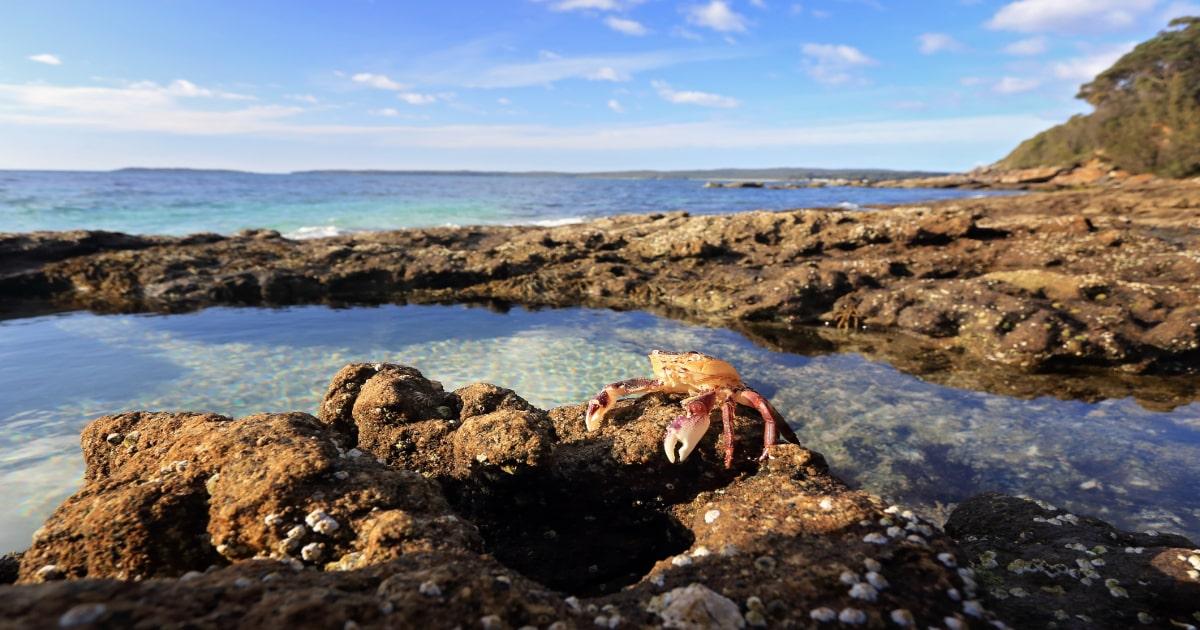
Foraging doesn’t sound like a particularly risky activity – unless you’re trying to avoid the enemy – but the coastline can have more dangers than other environments. It’s easy to get so caught up in the success of foraging, that you don’t properly consider safety.
The weather and the tide can be two of the biggest dangers, so you’ll need to have your wits about you at all times. Carry a loud emergency whistle with you and something brightly coloured to attract attention.
If the network is down and you can’t check tidal times, you’ll need to be alert to the risk of being cut off by an incoming tide. Having more than one way off the beach is highly advisable wherever possible.
It’s common for a sea mist to descend rapidly which can be disorientating. This is particularly risky when combined with a tide that’s coming in. If the weather starts to change rapidly, get yourself to a safe place – you can continue foraging later when the conditions are safer.
As well as the tide and weather conditions, there are dangers from slippery, wet rocks, shards of seashells and even poisonous marine life (such as jellyfish or weever fish).
Make sure you are wearing appropriate footwear that isn’t easily pierced and don’t forage unaccompanied, if you can avoid it.
Mudflats and estuaries are ripe picking grounds for a spot of coastal foraging but they carry the risk of quicksand or getting stuck in the mud. When combined with a rapidly incoming tide, these conditions can be extremely hazardous.
If you don’t know the area and aren’t sure whether there is any quicksand or mud, approach slowly and cautiously. Be particularly wary of any areas which have a rippled appearance or bubbles rising up from underground.
Using a stick to check the ground before you step on it will help to keep you safe.
Become An Expert In Seaside Foraging
Being a prepper is all about planning ahead, so if you need to forage by the seaside you are equipped with the skills and knowledge you need.
There’s a lot you can learn online or from books, but there’s nothing quite like learning from the experts. Getting it wrong could be deadly so when you need to forage to stay alive, it’s essential that you’re confident about what you can and can’t eat.
There are numerous foraging courses and experiences that you can book onto all around the UK. Not all of these are aimed at preppers and some are about foraging in general.
However, when the SHTF this knowledge could be exactly what you need to stay well-fed and prevent malnourishment.
Some of the courses currently available include:
Coastal Survival School, UK ( Nationwide)
Offering coastal survival, foraging and bushcraft courses all around the UK, this is a valuable resource for UK preppers. As well as courses, they also offer private and bespoke training for individuals, families and groups of friends.
If you want to know how to forage in a specific location, they can come to you and teach you how to look for food at your local beach and coastline.
Coastal Foraging, Wales (Pembrokeshire and Carmarthenshire)
A true foraging experience, this course teaches participants how to forage along the coast and cook a delicious meal with what they find.
The foraging takes place in Wales where you’ll learn how to find the shellfish and sea vegetables on the shore, and discover more about the local sea life. Special courses are also available which focus on foraging at low tide and the specialities that you might find.
Wildwood Bushcraft, Scotland (Moidart, West Coast)
These survival courses encompass a wide range of skills from bushcraft to navigation and specialist skills. Although they’re held in more than one location, if you’re interested in the coastal foraging course, you’ll need to travel to Moidart on the west coast of Scotland.
Cornish Wild Food, England (Cornwall)
Taking place in Cornwall, these courses help preppers to identify edible food and how to cook and prepare it. Most of the foraging takes place on the Cornish coastline and they offer group courses as well as private lessons and bespoke events.
Lots of people like to go foraging even if they’re not bugging out. As a prepper, having the knowledge in advance is key so why not try some coastal foraging to get ready in case the SHTF!
